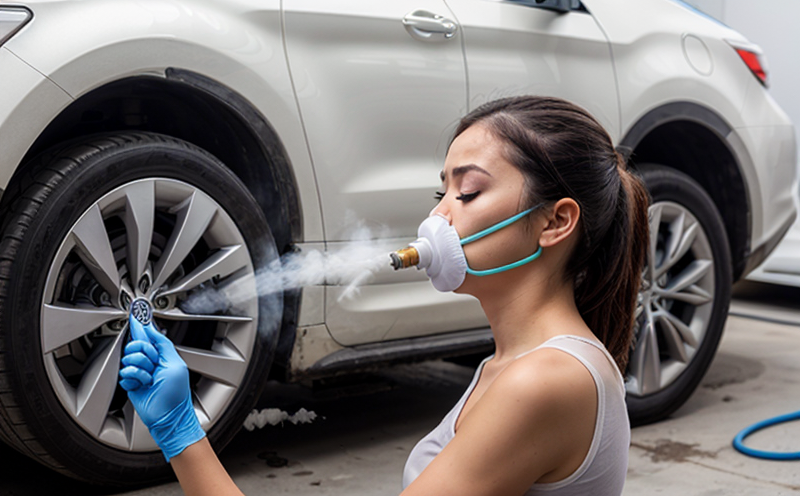CFR 40 Emission Testing of Hazardous Air Pollutants
The U.S. Environmental Protection Agency (EPA) regulates hazardous air pollutants (HAPs) through Title III of the Clean Air Act and its implementing regulations found in CFR 40 Part 63. This regulation aims to reduce emissions of air pollutants that are known or suspected to cause cancer or other serious health effects, and which can be emitted from a variety of industrial processes.
The testing for HAPs is critical in ensuring compliance with these stringent regulations. Our laboratory offers comprehensive emission testing services under CFR 40 Part 63, focusing on the following key pollutants:
- Benzene
- Beryllium
- Cadmium and its compounds
- Cyanide compounds
- Nitrogen dioxide
- Volatile organic compounds (VOCs)
Our testing process is designed to comply with the specific requirements set forth in CFR 40 Part 63, including the use of appropriate monitoring techniques and sampling methods. Our team of experts ensures that all tests are conducted in a manner consistent with industry best practices and international standards.
| Applied Standards | Description |
|---|---|
| CFR 40 Part 63, Subpart L | This subpart sets forth specific requirements for the monitoring and reporting of emissions from hazardous waste incineration units. |
| ISO 17829:2015 | This international standard provides guidelines on the sampling, analysis, and interpretation of volatile organic compounds (VOCs). |
The testing process begins with a detailed consultation to understand the specific needs of our clients. We then proceed with sample collection, which is followed by rigorous laboratory analysis using state-of-the-art equipment and techniques. Our laboratories are equipped with advanced analytical instruments such as gas chromatography-mass spectrometry (GC-MS) for accurate pollutant identification and quantification.
The results of our testing are detailed in comprehensive reports that include all relevant data, including concentrations of HAPs detected, compliance status, and recommendations for corrective actions if necessary. These reports are designed to provide clear insights into the performance of industrial processes and help ensure ongoing compliance with regulatory requirements.
Applied Standards
| Applied Standards | Description |
|---|---|
| CFR 40 Part 63, Subpart L | This subpart sets forth specific requirements for the monitoring and reporting of emissions from hazardous waste incineration units. |
| ISO 17829:2015 | This international standard provides guidelines on the sampling, analysis, and interpretation of volatile organic compounds (VOCs). |
Benefits
Our CFR 40 emission testing services offer numerous benefits to our clients. These include:
- Ensuring compliance with stringent environmental regulations.
- Providing detailed, actionable reports that assist in process optimization and pollution prevention.
- Promoting a cleaner environment by reducing emissions of hazardous air pollutants.
- Safeguarding the health and safety of workers and communities near industrial facilities.
- Avoiding potential fines and penalties for non-compliance with regulatory requirements.
- Enhancing corporate reputation through proactive environmental stewardship.
Industry Applications
Our emission testing services are widely applicable across various industries, including:
- Petrochemical and refining operations
- Chemical manufacturing facilities
- Hazardous waste incineration plants
- Fuel combustion processes in power generation
- Industrial coating applications
- Printing and finishing operations





